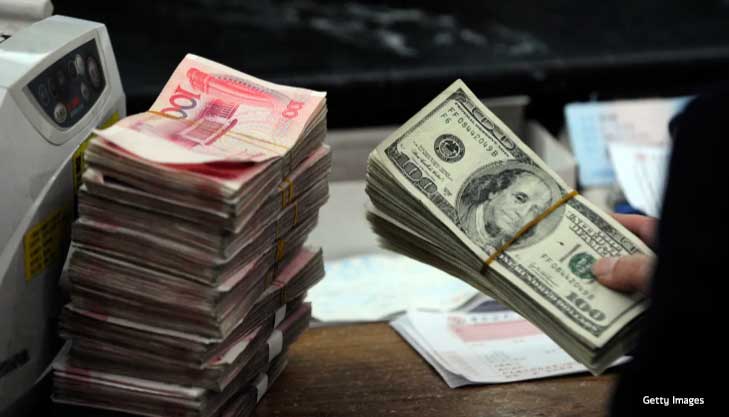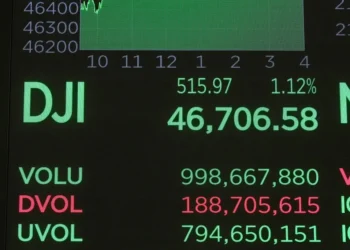Chinese Yuan Faces Record Lows Amid Escalating U.S. Tariff Threats, Analysts Predict
Key Points:
- Investment banks forecast the Chinese yuan to weaken to an average of 7.51 per dollar by the end of 2025.
- This would mark its lowest level on record, based on data since 2004.
- Chinese authorities face a tough balancing act: stabilizing the yuan while reviving the economy.
The Chinese yuan is under increasing pressure as global investment banks predict the currency will hit record lows due to looming tariff threats from U.S. President-elect Donald Trump.
Weakening Yuan Projections
According to calculations by CNBC, major financial institutions estimate the offshore yuan will average 7.51 per dollar through 2025, signaling the weakest value since record-keeping began in 2004.
Currency Projections by End-2024 and End-2025 (Selected Banks):
| Institution | End-2024 | End-2025 |
|---|---|---|
| UBS | 7.30 | 7.60 |
| Barclays | 7.25 | 7.50 |
| Goldman Sachs | 7.25 | 7.50 |
| Capital Economics | 7.30 | 8.00 |
| ING | 7.20 | 7.30 |
Trump announced on Monday via his social media platform Truth Social that he plans to impose an additional 10% tariff on all Chinese imports. This is on top of his campaign promise to implement tariffs of 60% or more.
Economic Impact of Tariffs
Analysts warn that new tariffs would strengthen the U.S. dollar, forcing significant currency adjustments in countries with strong trade ties to the U.S., including China.
Jonas Goltermann, deputy chief markets economist at Capital Economics, explained, “U.S. tariffs would, all else being equal, lead to an appreciation of the dollar.”
Mitul Kotecha, Barclays’ head of FX & EM macro strategy for Asia, projected the yuan could devalue to 8.42 against the dollar to fully account for 60% tariffs.
Recent Yuan Performance
The offshore yuan has already depreciated by more than 2% since the U.S. presidential election on November 5, trading at 7.2514 as of Thursday. The heightened uncertainty around this tariff threat is greater than during Trump’s first term, given its scope and the scale of the trade imbalance.
China’s Response
To counter the yuan’s slide, the People’s Bank of China (PBOC) has held major policy rates steady, aiming to maintain currency stability. Last week, a central bank official emphasized the goal of keeping the exchange rate “basically stable at an adaptive and balanced level.”
Wei Liang Chang, global FX strategist at DBS Bank, expressed optimism, stating that stabilizing measures could manage depreciation expectations and bolster broader Asian currencies. He added, “A recovery is on the cards when U.S. rates soften further.”
U.S. Policy and Market Reaction
The U.S. dollar index has eased slightly after Trump nominated hedge fund manager Scott Bessent as the next Treasury Secretary. Bessent, who supports tariffs, has advocated for a phased approach, which analysts believe could mitigate trade risks and limit excessive capital outflows from China.
Looking Ahead
As China grapples with economic recovery and currency stabilization, the U.S. tariff threat adds significant challenges to the global trade environment. The yuan’s trajectory remains uncertain, hinging on policy decisions and ongoing U.S.-China negotiations.
This article was rewritten by JournosNews.com based on verified reporting from trusted sources. The content has been independently reviewed, fact-checked, and edited for accuracy, neutrality, tone, and global readability in accordance with Google News and AdSense standards.
All opinions, quotes, or statements from contributors, experts, or sourced organizations do not necessarily reflect the views of JournosNews.com. JournosNews.com maintains full editorial independence from any external funders, sponsors, or organizations.
Stay informed with JournosNews.com — your trusted source for verified global reporting and in-depth analysis. Follow us on Google News, BlueSky, and X for real-time updates.













